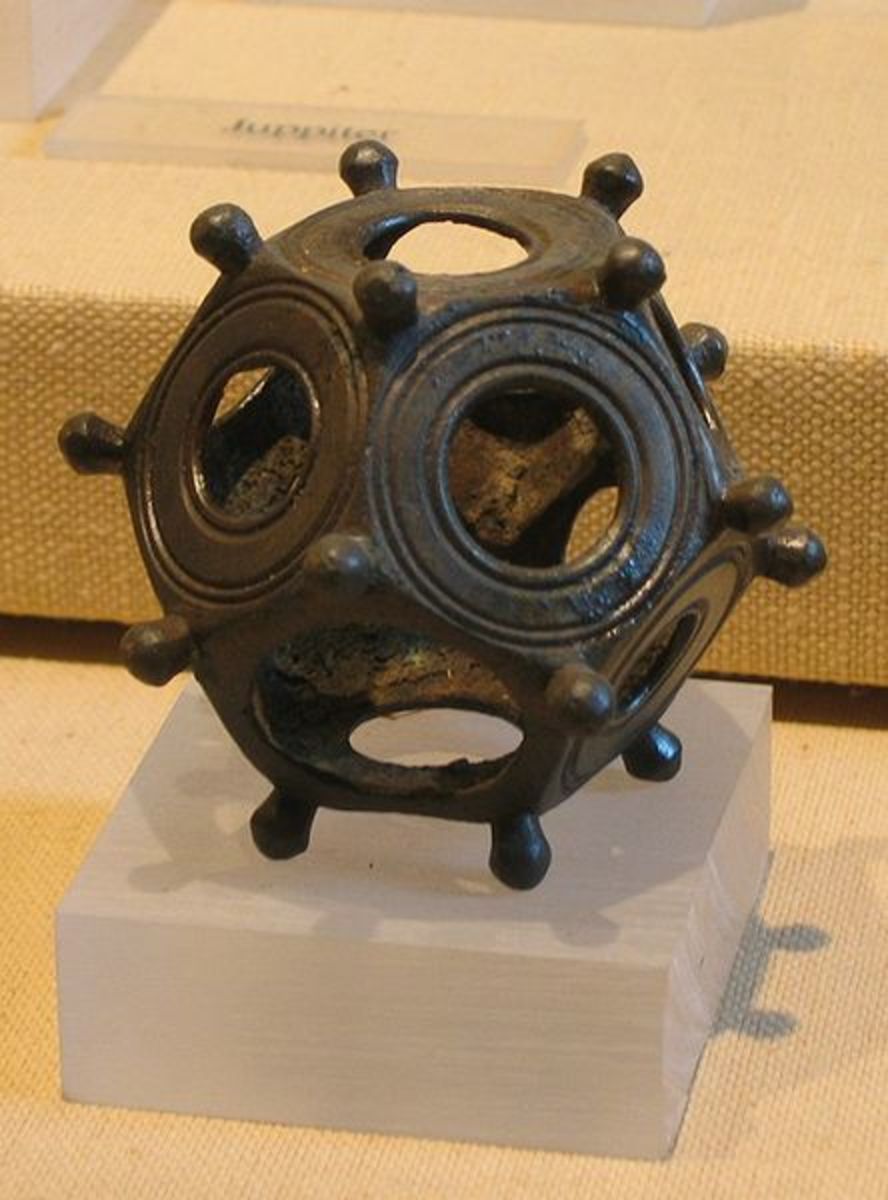Great Unsolved Mysteries-Plain of Jars in Laos
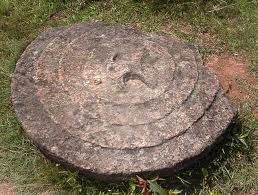
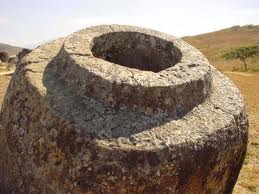
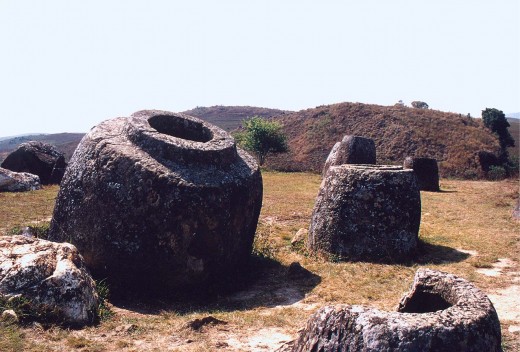
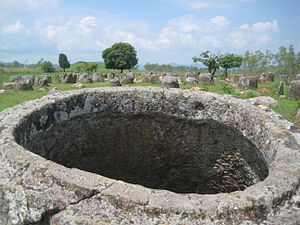
Scattered along the landscape of the Xieng Khouang Plateau in Xieng Khouang, Laos is an archaeological mystery dated as far back as the Iron Age (500 BCE to 500 CE). The mystery lies with thousands of stone jars that appear in clusters, (ranging from a single jar at some sites, to several hundred at others), on the plateau and the surrounding foothills and upland valleys.
The plateau is located in the Annamese Corillera mountain range of Indochina. The stone jars were discovered by archeologists in the early 1930s. Human remains were unearthed near the jars, along with ceramics and other burial items, but it is uncertain why the creators expended so much effort to create the jars. Glass and stone beads were found inside a few of the jars, and occasionally evidence of cremated remains, so they were possibly used as ash urns. A large natural cave was found in the area that indicates it might have been used as a crematorium. But if this was the case, why are the jars so large?
Some jars have definite lips, indicating they were covered with lids. A few lids were found, but not as many as there are jars with lips.
Local legend tells that the area was once home to a race of giants, but this would not explain why there are so many jars. No extraordinary bones were found near the jars. Some believe that the ancient King Khun Cheung used the jars to store rice wine. Others speculate that the jars were used to capture rain water.
Some of the jars have more than one opening, facing in different directions.
Five different types of rocks were used for the construction of the jars: sandstone, granite, conglomerate, limestone and breccia, but the majority were made out of sandstone. Evidence of where the rocks for the jars were quarried existed near the cluster sites. Archeologists believe the jars were honed out with the use of crude iron chisels, but none were found in the area.
Why were they made? It must have taken hundreds of years to create the thousands of jars found, and so many generations of laborers were used to make them. It’s all still a mystery.



